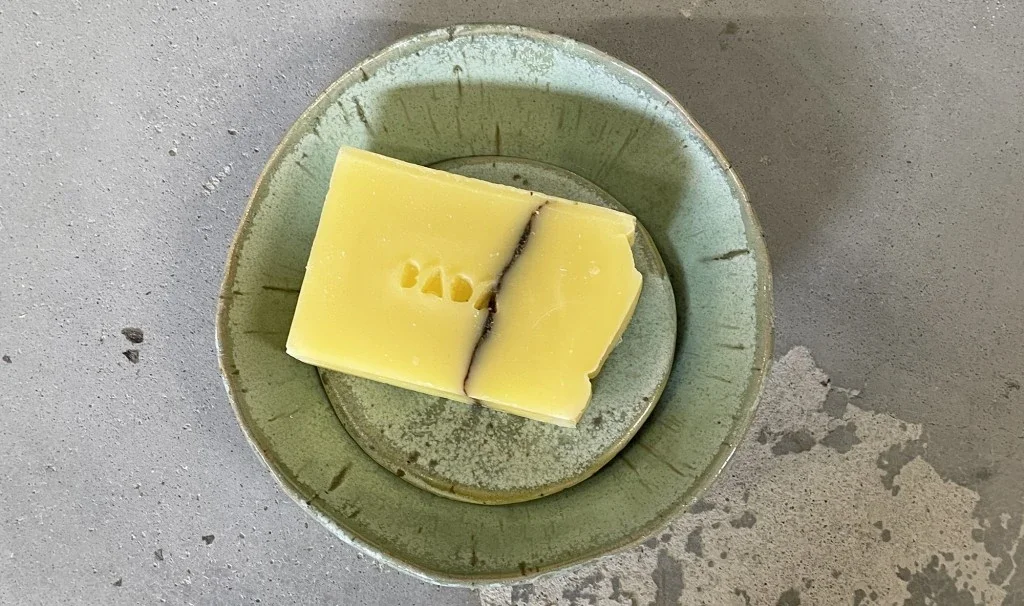Did you read my blog post on Sunday about the small changes in everyday life that can make a big difference in the big picture? If not, you can read more here.
This blog post gives you 10 more tips that can save you (and the environment) from large amounts of waste. Some, however, are a little more controversial for some, but have great importance in the big picture. And they're also 1000 times better if you ask me :-)
- Save on packaging and replace the shampoo can with a shampoo bar. You can do the same with body shampoo and liquid hand soap, which can easily be exchanged for a delicious soap bar filled with delicious healthy and organic oils. Find some fantastic options here.
- Buy detergents in large cans. You can actually buy both 5 and 10 liters at a time. And by the way, detergents for organic washing are exclusively made from renewable raw materials, which is quite important if you, like me, live in the countryside and are not connected to a sewage treatment plant. See more here.
- Buy as much fruit and vegetables in bulk as you can, and avoid large amounts of plastic packaging. If you eat meat, I can also highly recommend that you buy in large quantities and freeze. We buy ¼ organic calf from a local farmer approx. 1 time per year. And with really good planning, it is included in most of the year's evening meals.
- Plan the week's meals and try to limit yourself to shopping once a week. It saves you from an unusual number of impulse purchases – and makes everyday life easier.
- Consider cloth diapers for your children. Did you know that a small child uses about 6-7000 diapers in the first years of life. The diapers weigh a total of approx. 1.5 tons. I have used cloth diapers for my children – also because I wanted a plastic- and chemical-free alternative. The thin skin is in contact with the diaper 24 hours a day. There are plenty of cloth diaper options right here.
- Consider replacing pads and tampons with cloth pads or a menstrual cup. In other words, alternatives with a very long shelf life and which do not constitute a whole lot of waste. For some, it might be a bit over-the-top to take your pad home with you, but with the right equipment, the solution is both brilliant and incredibly nice compared to disposable cases. You can read more about the menstrual cup here.
- Buy used – of everything that is now possible. Children's clothes, electronics, books, games, etc. It counts for an incredible amount in the big climate perspective, and also saves you from a whole lot of the chemistry that new cases unfortunately contain.
- Use your things until they can no longer be used, repair them and resell them when you no longer use them yourself.
- Use small cloths in organic cotton for wiping noses, for nappy changes and for wiping the little children's fingers at the dinner table and save on all other types of disposable cloths. And if you're really ambitious, you can cut the rags out of an old t-shirt or an old towel, so you don't have to invest in a whole new collection of rags.
- Borrow instead of buying. For example clothes for festive occasions, books etc. If you want to know more about how to make your wardrobe a little more sustainable, I have written a bit about it here.


